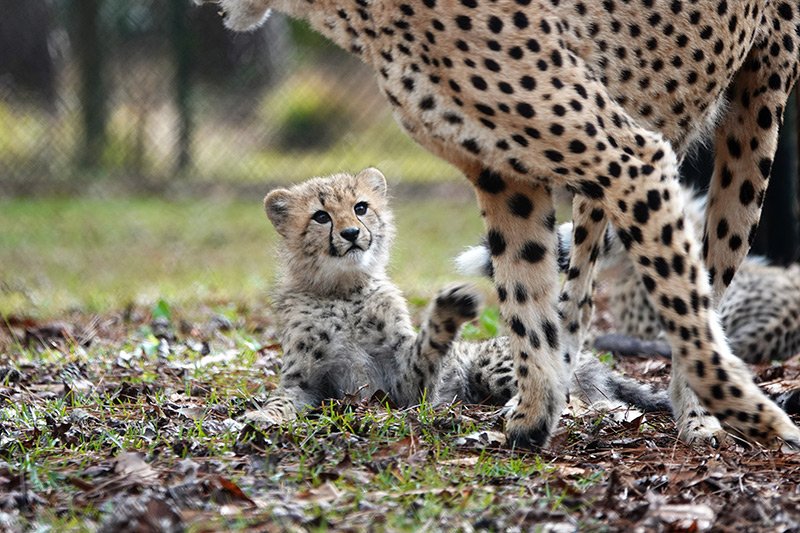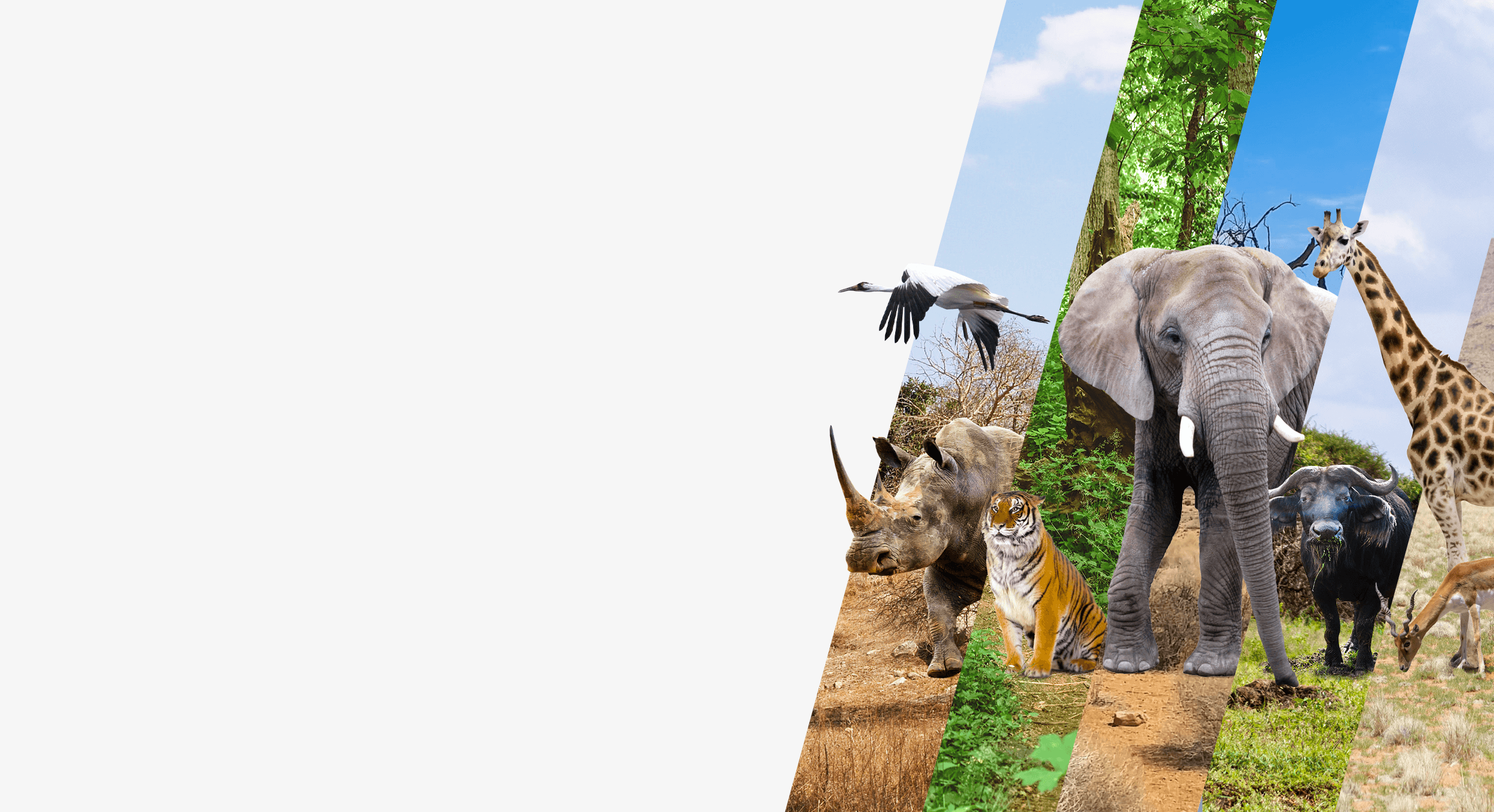
Habitat loss and poaching are the main causes of rapid species and place loss. We counter this by acquiring large areas of land, restoring them to a healthy, natural state and employing anti-poaching systems.

Habitat loss and poaching are the main causes of rapid species and place loss. We counter this by acquiring large areas of land, restoring them to a healthy, natural state and employing anti-poaching systems.

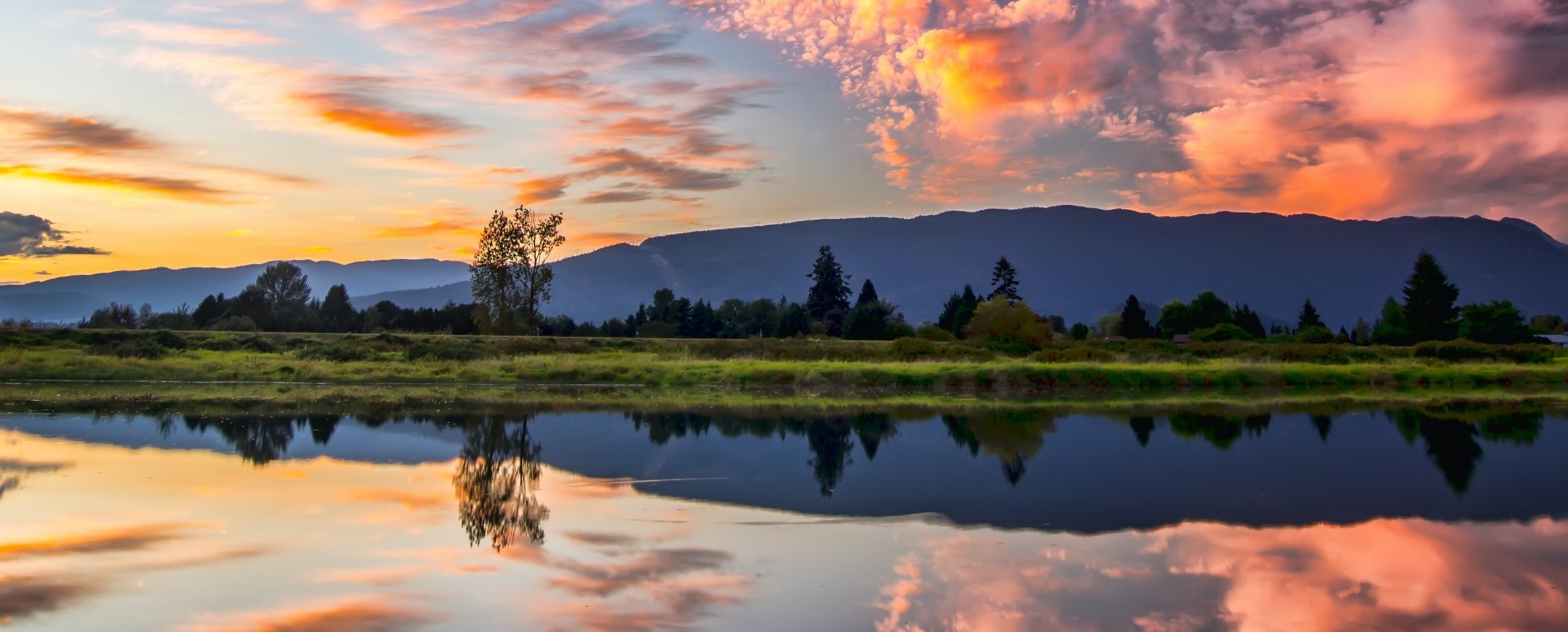
Saving Endangered Species and Wild Places
The TWF Conservation approach is to provide wildlife security and management, to collaborate with local residents and host-country governments and to invest in sustainable enterprises.
Our Impact
We protect identified key populations of rare species and wild places around the world. Efforts include creating assurance populations, protecting rare species in their native environments, restoring ecosystems and protecting wilderness areas in North America and Africa.
key landowner in protecting 3 of the 9 significant black rhino populations in Africa
200 New Rhinos
born on TWF Conservation land
One Million Acres
of wildlife facilities and conservation habitats
Our Leaders
-

Michelle Gadd
Head of Global Conservation
TWF Conservation -

Howard Hunter
Managing Director
Zimbabwe Projects -

Pierre du Preez
Managing Director
Namibia Projects


/ White Oak
White Oak is a state-of-the-art, scientific education and conservation center in Northern Florida focused on saving and recovering populations of rare species, building assurance populations, researching animal health, convening experts and educating the next generation of conservation experts.

White Oak’s Impact
White Oak has put rigorous animal health and wellness protocols in place to ensure the highest quality of animal care. This includes constant monitoring of each animal’s behavior and physiological conditions by a full time staff of veterinarians and animal care specialists. Understanding education is integral in driving conservation, White Oak has implemented a series of educational and training programs for people of all ages and backgrounds.
Over 500 Animals
and 30 species cared for
125 Years
in wildlife management experience
17,000 Acres
of wildlife facilities and conservation habitats
1,600 Local Students
attending conservation
education programs
Species Preserved at White Oak
White Oak is widely respected among conservationists for its work in protecting and propagating endangered animals, specifically rhinoceros, cheetah, antelope and okapi (a rare giraffe relative). White Oak also works with state and federal agencies, including the US Fish and Wildlife Service, to recover and release into the wild some of Florida’s native inhabitants, including panthers and grasshopper sparrows.
Antelope & Buffalo
Birds
Carnivores
Deer
Elephants
Equids
Giraffe & Okapi
Rhinos
Swine

/ Zimbabwe Projects
In Zimbabwe, TWF Conservation supports wildlife on the Bubye Valley Conservancy, a property one-third the size of Yellowstone National Park.
For most of the 20th century, this area was composed of numerous individually fenced, privately-owned cattle ranches. In the 1990s, in an effort to address uncertain rainfall and arid range conditions, wild game was re-introduced to the area because they are locally adapted and more able to cope in severe climates. Since that time, internal fences were removed and numerous farms were joined into a vast area, totaling nearly 1,500 square miles.
When TWF Conservation first invested in Zimbabwe, rhinos were being poached for the illegal trade in rhino horn at an astonishing rate. In its first year, 48 rhinos were found poached in six months, but in the two years since TWF Conservation began managing the property, it reduced the illegal killing to just three individuals in two years and the rhino population has recovered to its previous numbers and continues to grow.

Impact in Zimbabwe
The property is one of the healthiest and most productive ecosystems, and largest employers, in Zimbabwe. Because of the support of TWF Conservation, employees now benefit from improved housing, higher salaries and a food program. People living near the reserve benefit from extensive nutritional support and infrastructure improvements to schools and villages (including medical and educational facilities and water supplies).
35 species
preserved
1/3 the size of
Yellowstone National Park
1,500 square miles
of land preserved
500 employees
supporting conservation and
anti-poaching efforts

Species Preserved
Indigenous herbivores have been re-introduced including buffalo, gemsbok, giraffe, impala, kudu, sable, waterbuck, wildebeest and zebra. Lions were also returned and the population in the area has now grown to be one of the largest pride populations remaining in Africa. Black and white rhinos were also translocated onto the property from areas that were under threat of poaching or encroachment. As a result, this land and its inhabitants are protected.
Buffalo
Gemsbok
Giraffe
Impala
Kudu
Sable
Waterbuck
Wildebeest
Zebra

/ Namibia Projects
In Namibia, TWF Conservation co-owns the 74,000 acre Ongava Game Reserve which is adjacent to Namibia’s vast Etosha National Park. Situated in an arid region, it is a harsh but spectacular landscape. Ongava began its rebirth as a wildlife area in 1991 when several families purchased four unproductive cattle ranches and began restoring wildlife to the properties.
Ongava is considered one of the premier private game reserves in Namibia, enjoying global recognition for exceptional conservation, groundbreaking research and exciting safari adventures. Ongava is highly acclaimed for its wildlife, its visitor experience and its programs to work with local Namibians to improve individual skills and overall quality of life in neighboring communities.
TWF Conservation became a shareholder of Onganva in 2015 and has since supported the Reserve’s conservation activities.
The Ongava Research Centre (ORC) was established to conduct scientific research that can contribute to the health and well-being of southern Africa’s environment and people. With a significant contribution from TWF Conservation, new state-of-the-art facilities were built in 2018. These facilities now provide a hub for scientific activities and gatherings.
Live from Ongava Game Reserve

Ongava Game Reserve’s Impact
Research from the Ongava Research Centre includes genetic studies of Ongava’s black and white rhinoceros to understand their relatedness, social relationships and genetic diversity; identification of individual giraffe, cheetah and leopards; monitoring of large mammals on OGR; geomorphology of river catchment; and large-scale carnivore dynamics in the greater Etosha region.
100 Wildlife Species
preserved on the reserve
125 Square Miles
of land
409 bird species
preserved
Species Preserved
Lions, black and white rhinos, elephants, giraffe and several stunning species of antelope, including rare black-faced impala, among others, call the Ongava Game Reserve home.
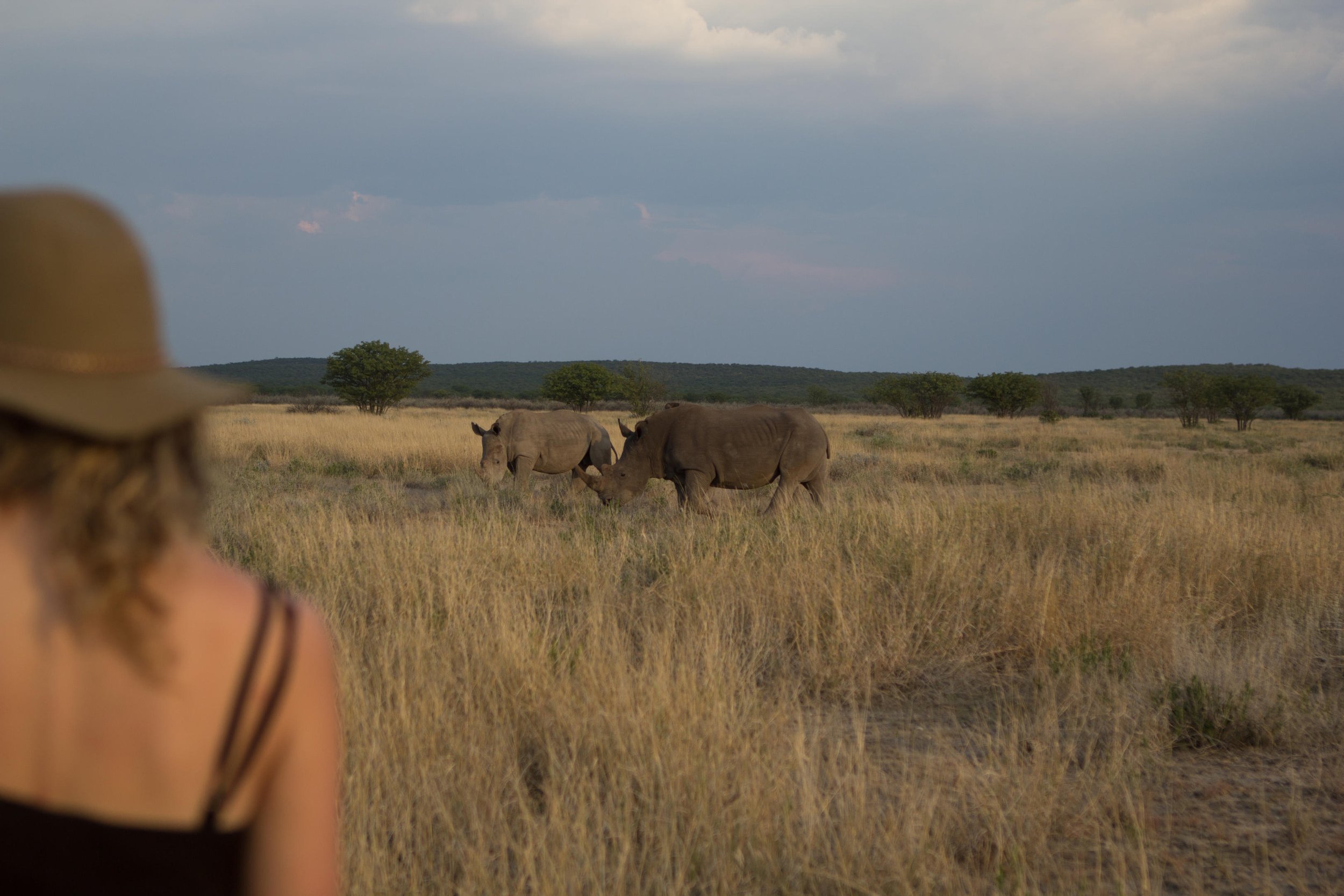
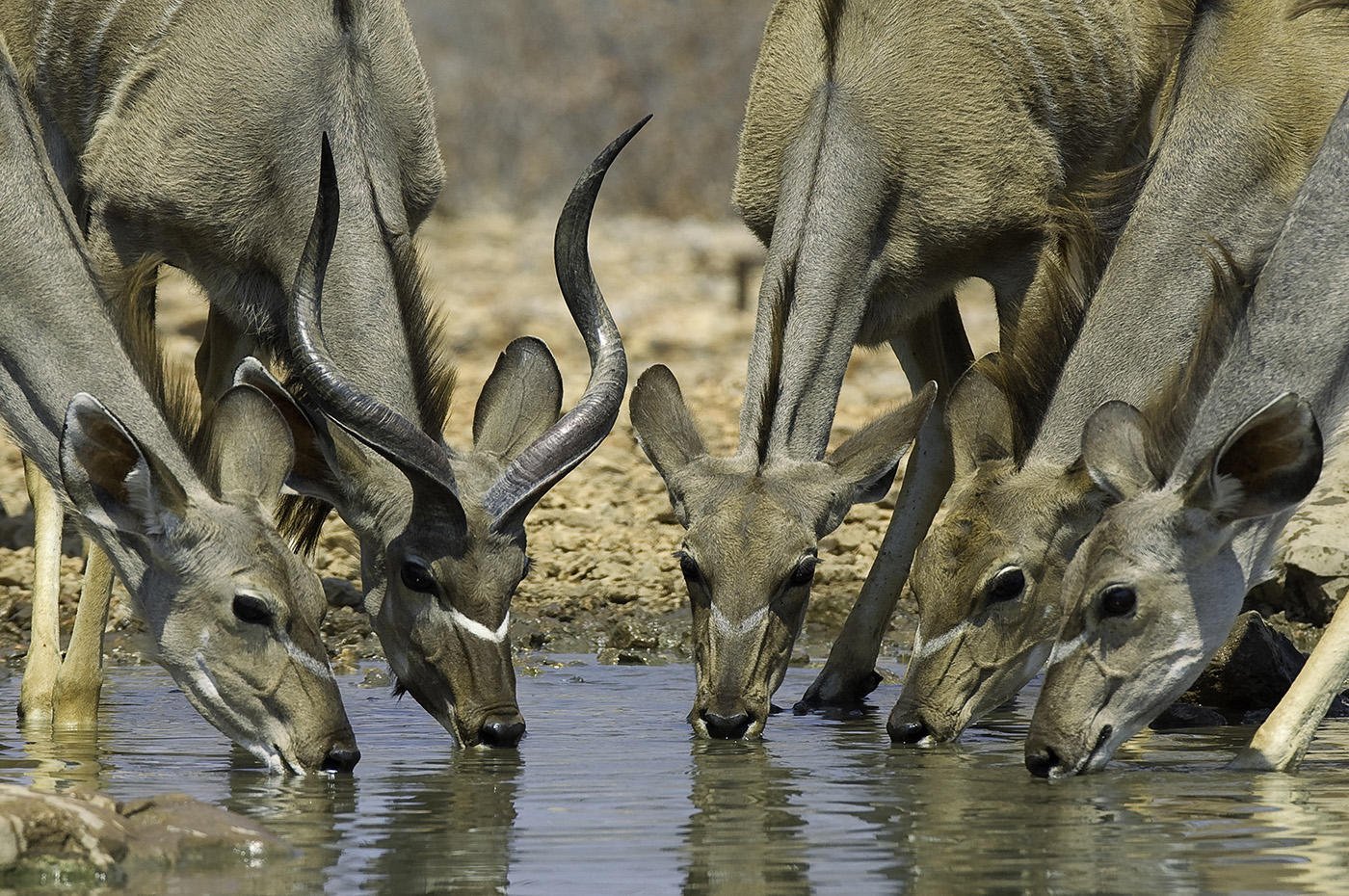
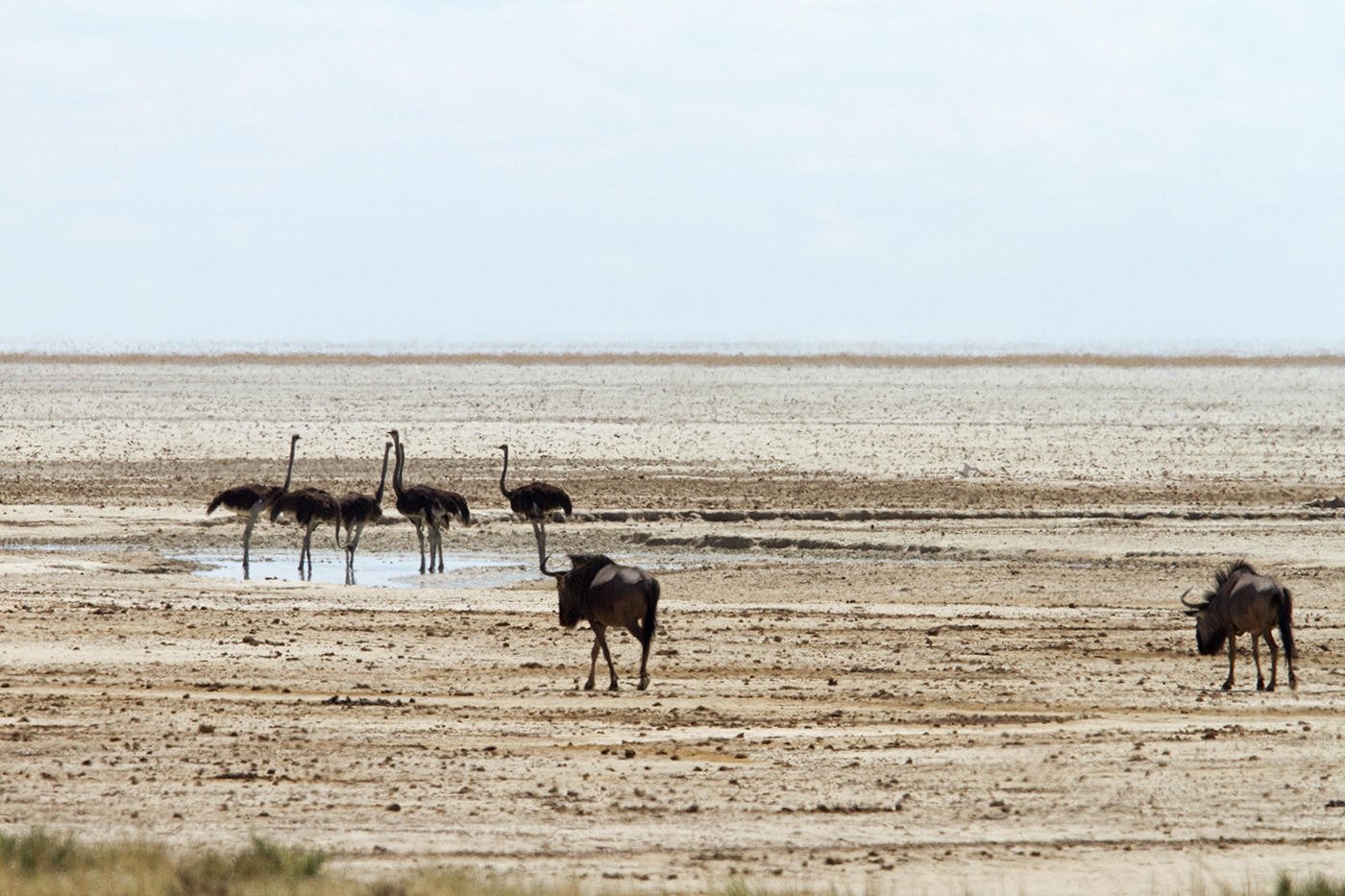
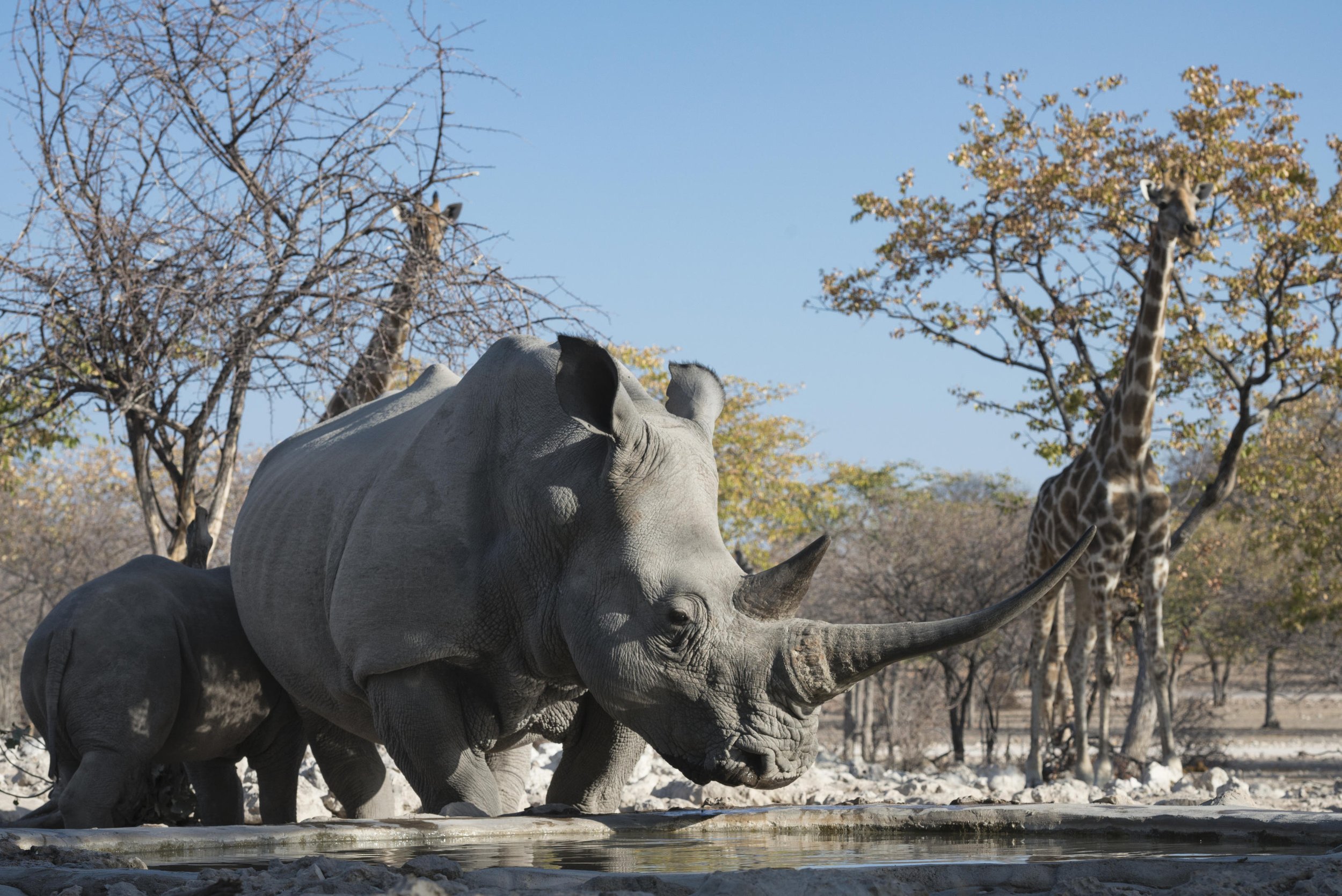
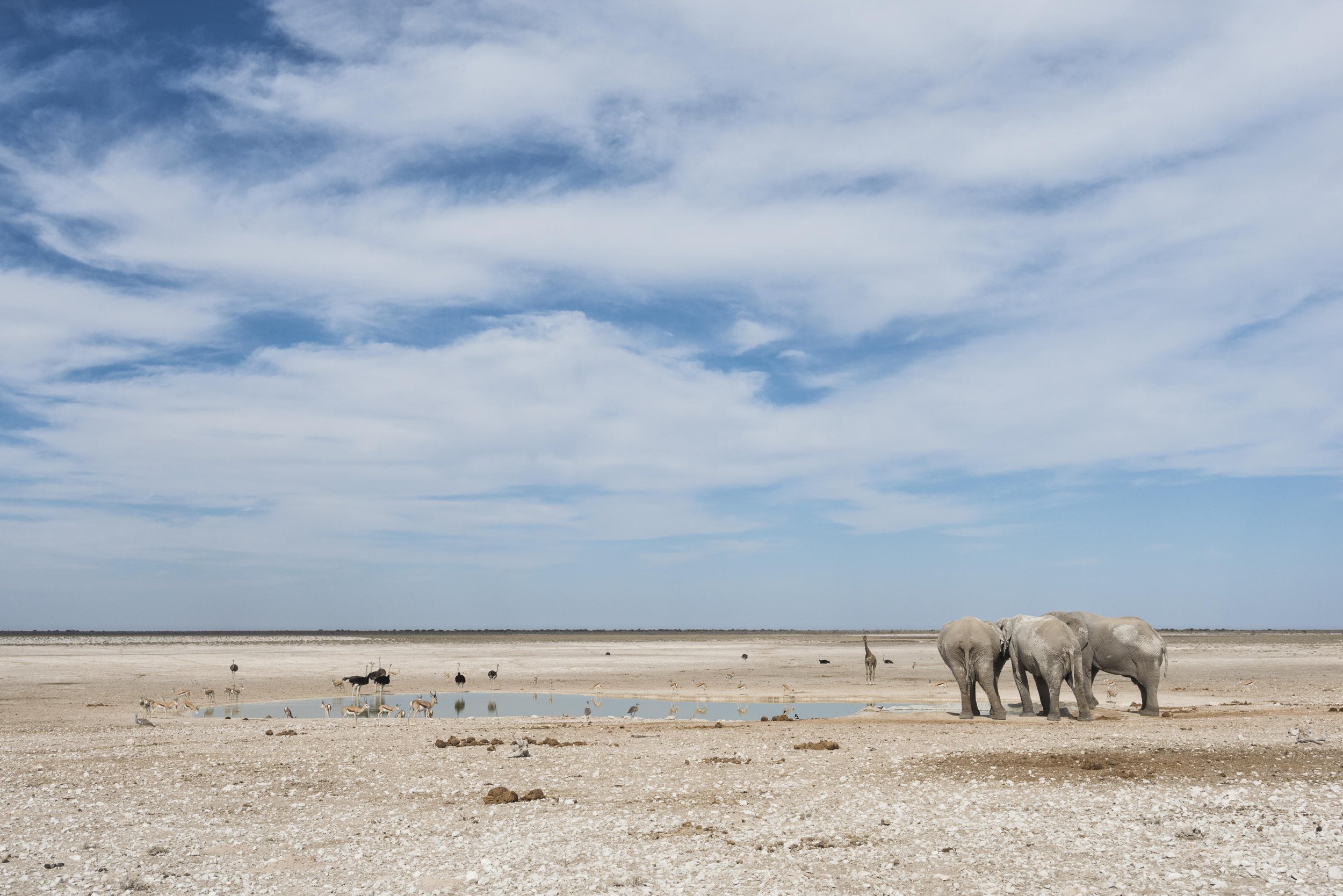
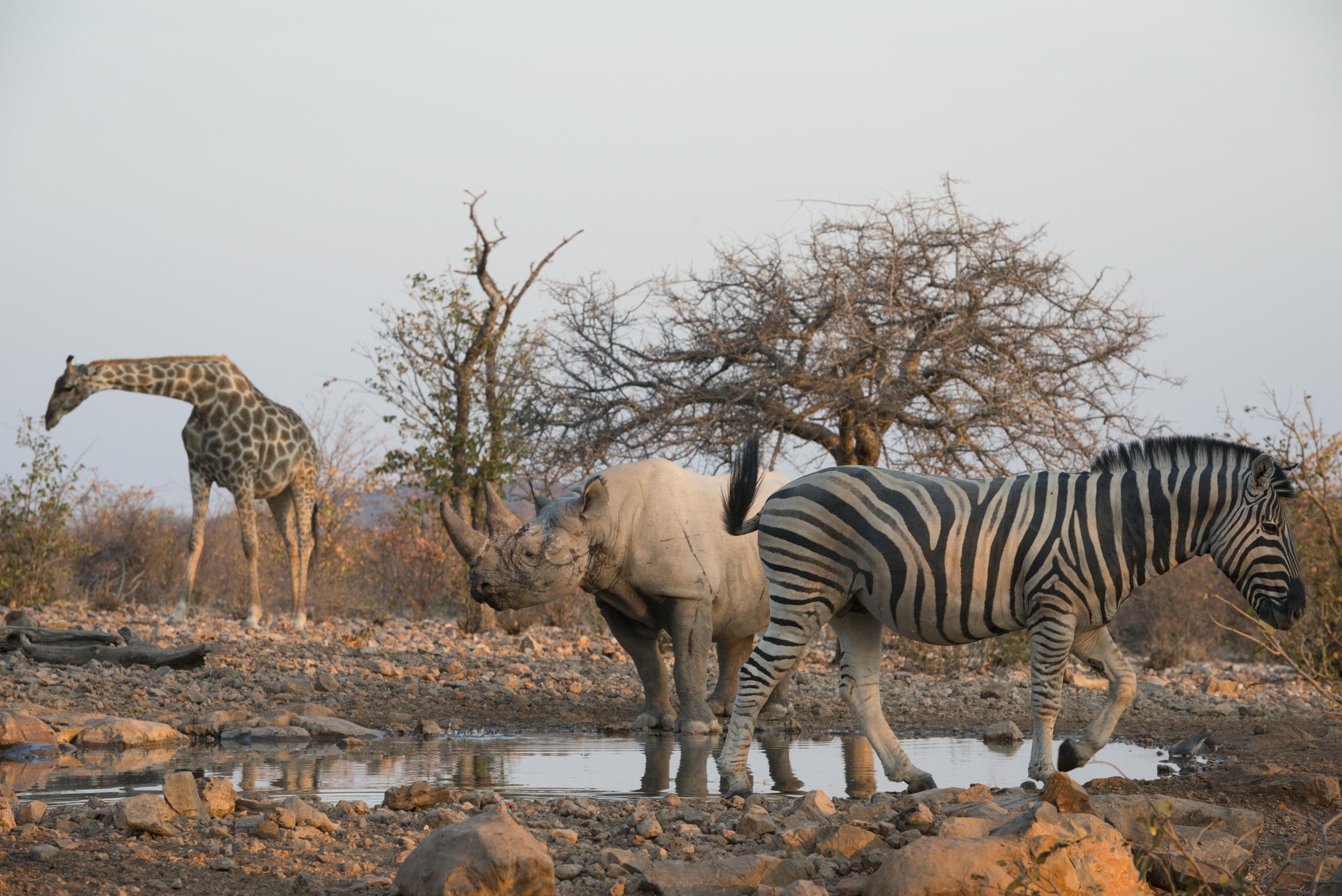
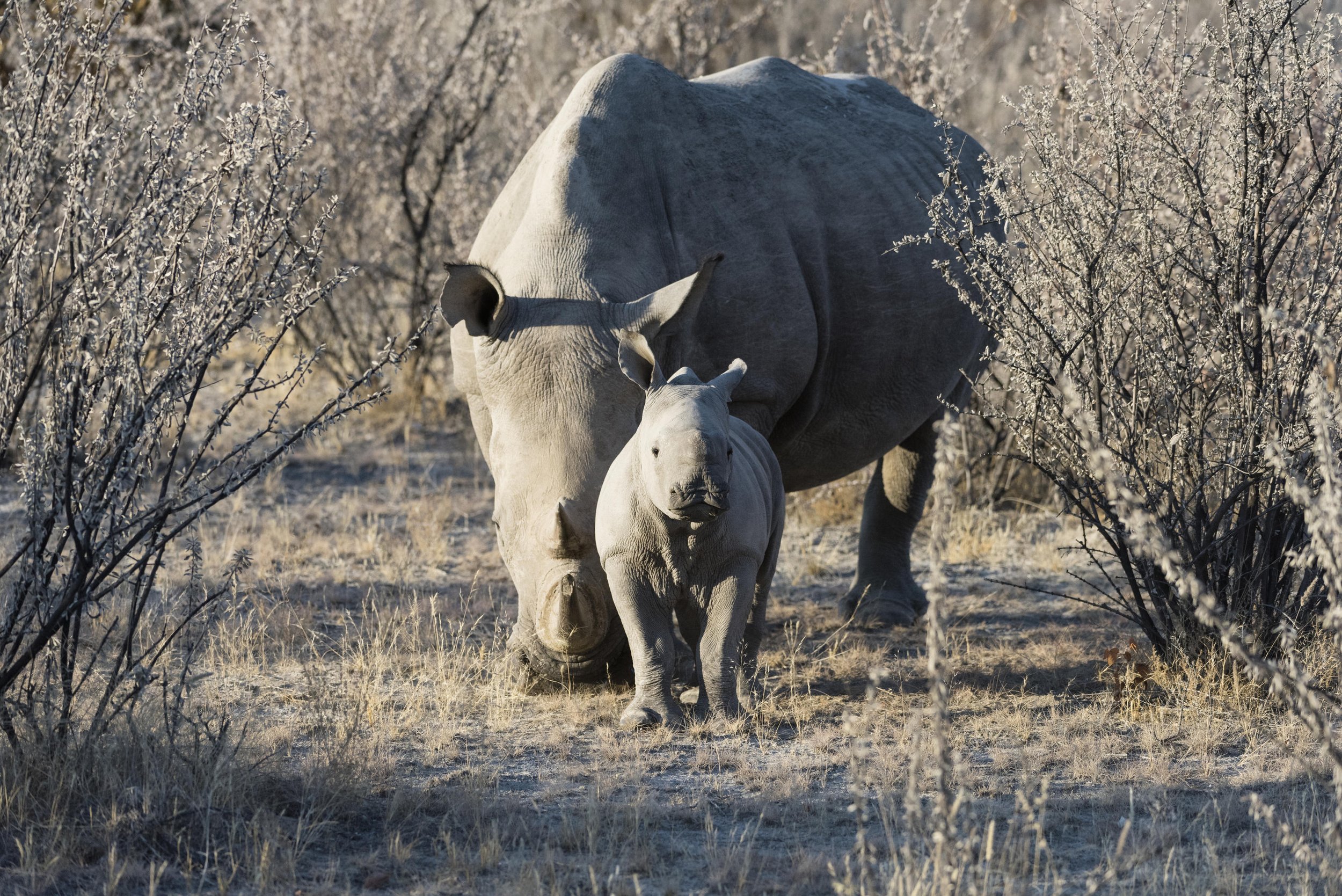
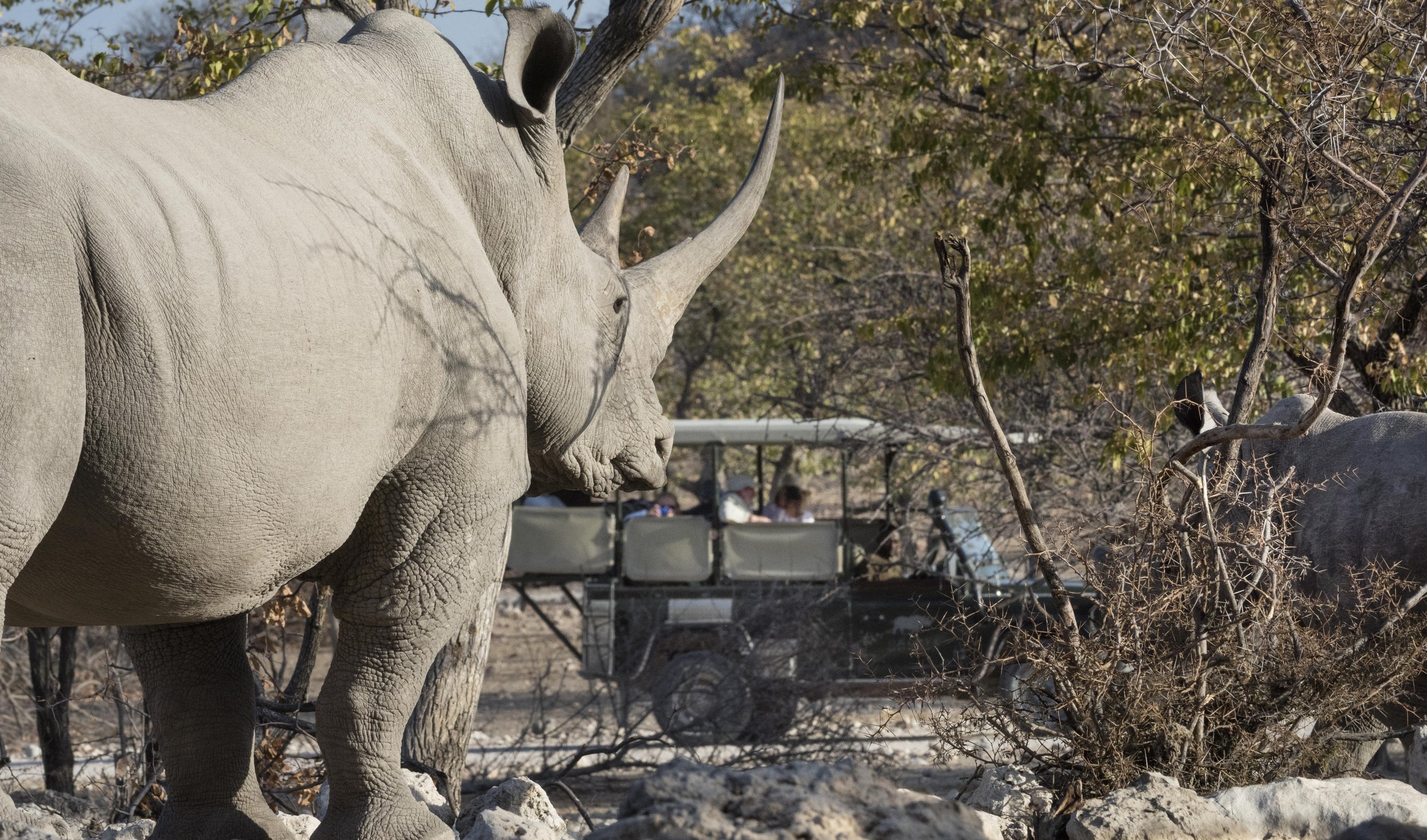
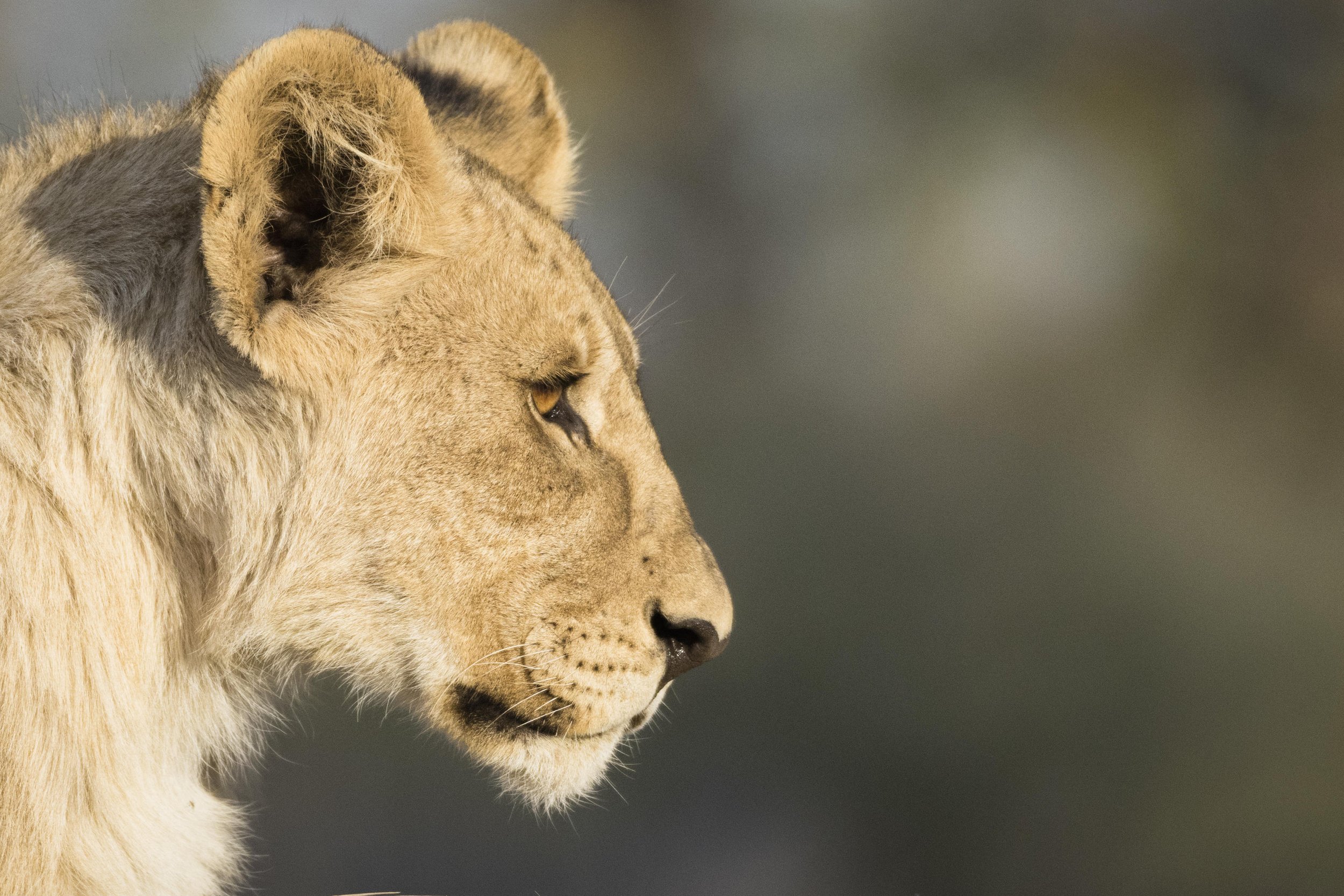
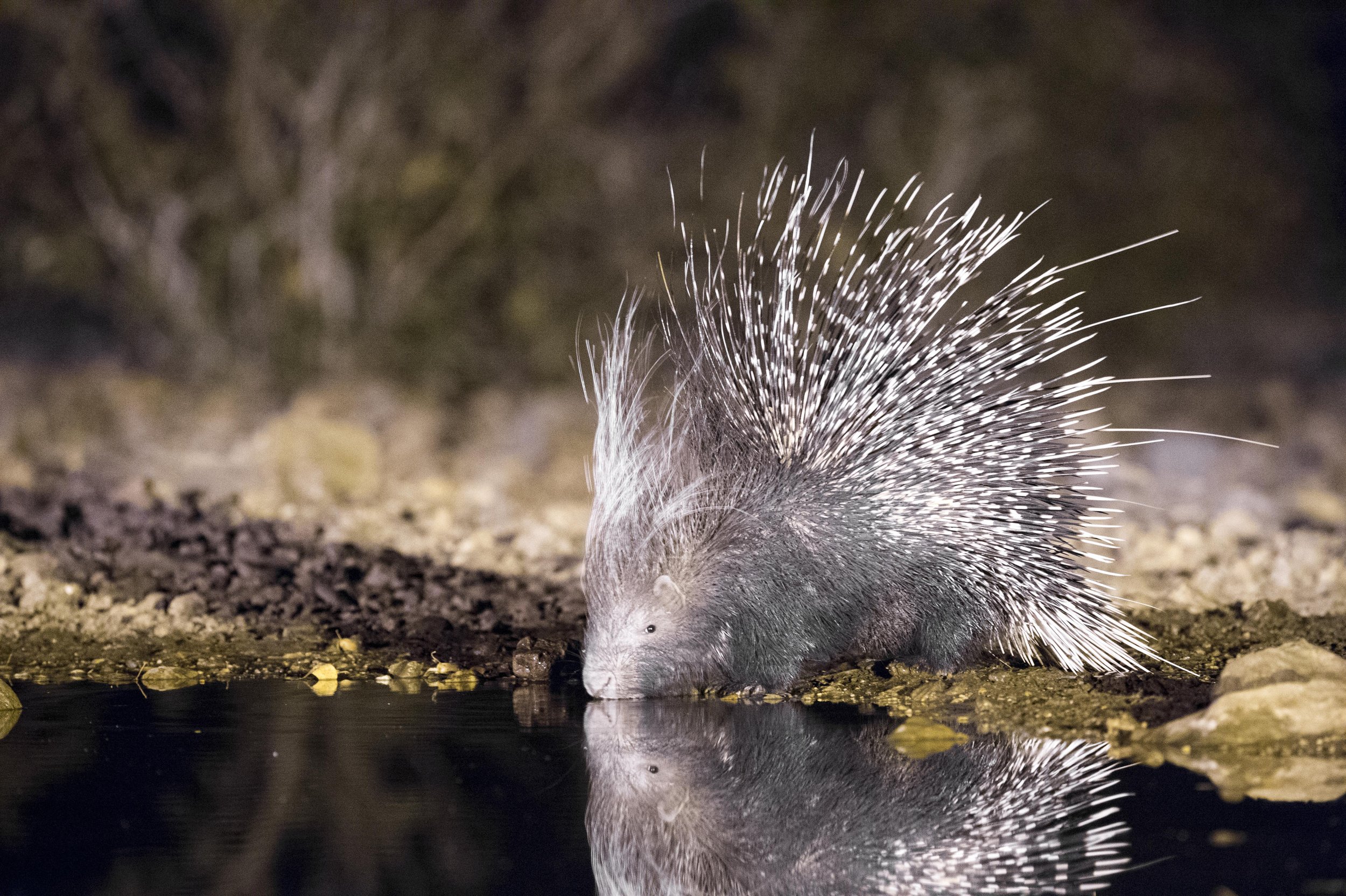
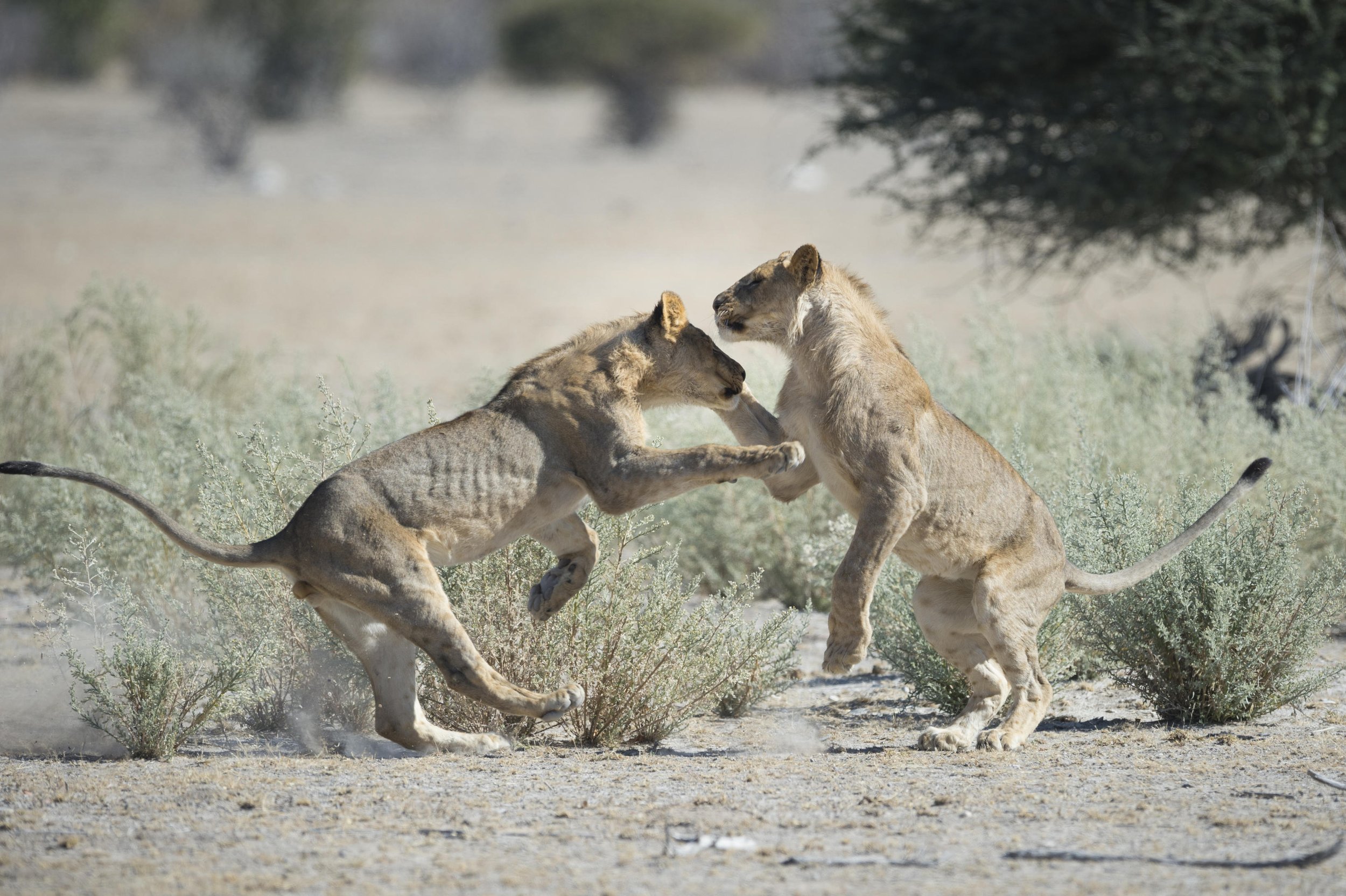
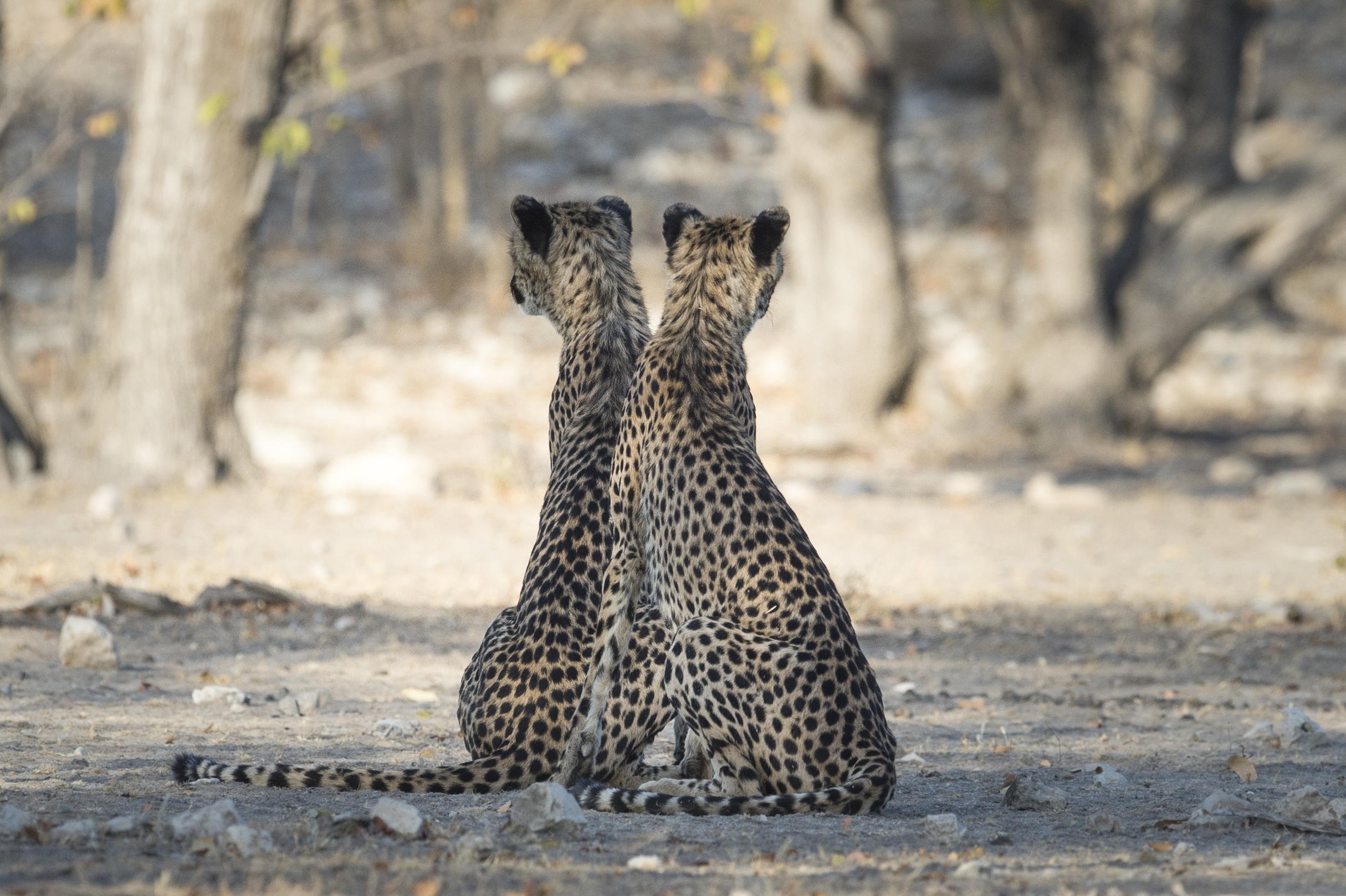
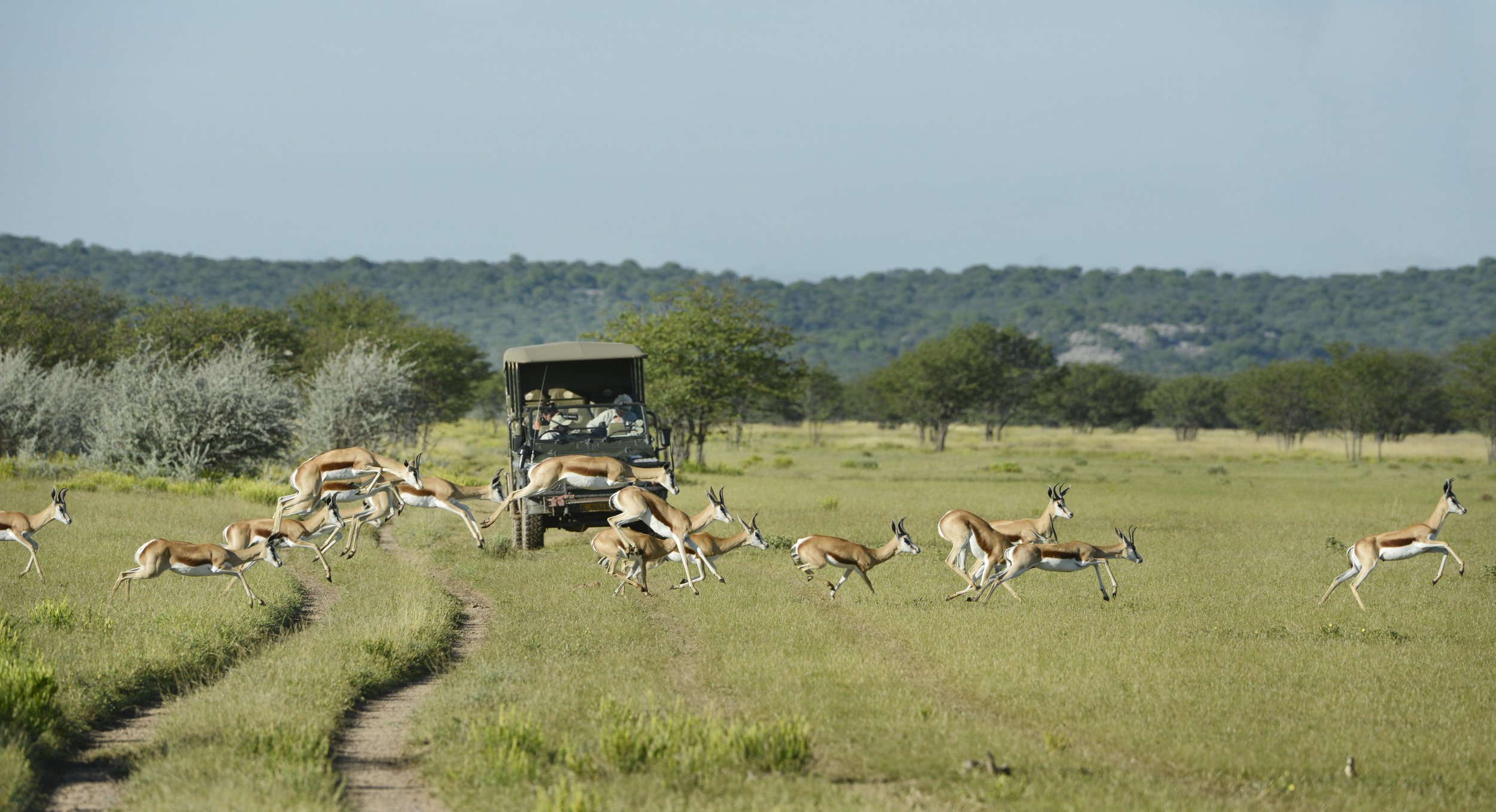
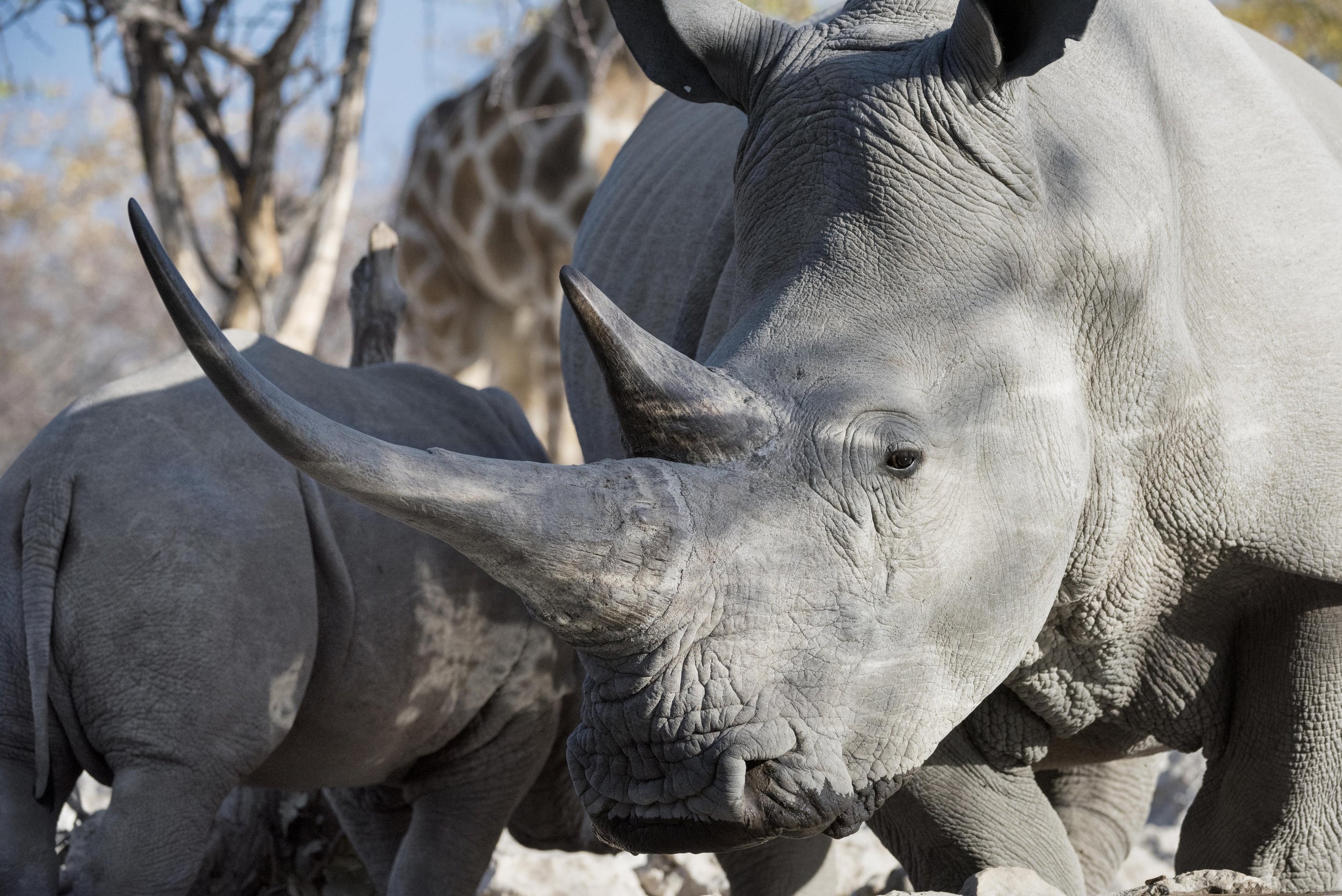
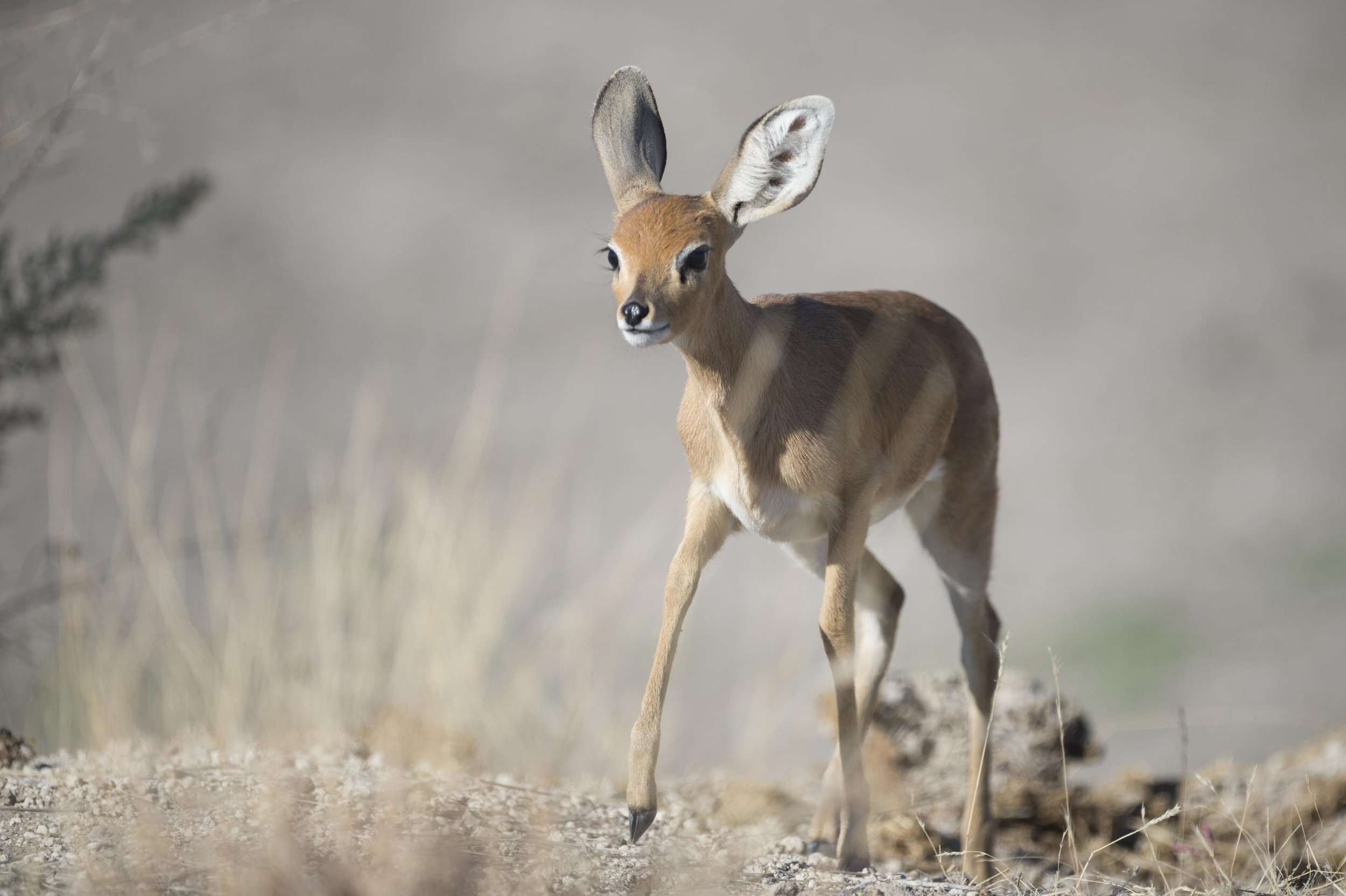

Supported Cause
TWF Conservation is a major supporter of Chimp Haven.

Chimp Haven
Hundreds of chimps have been taken from the wild or bred in captivity to be used for biomedical research. In 2015, the National Institute of Health made the decision to retire all of their chimpanzees from biomedical research. These animals are unable to survive in fully wild environments. At Chimp Haven, chimps retired from research, most from the NIH, experience the joys they would have enjoyed in the wild: climbing trees, living in large, bonded social groups, eating their favorite fruits, running, playing and exploring. Located outside Shreveport, Louisiana, on 200 acres of beautiful, forested woods, Chimp Haven is a sanctuary that houses more than 300 chimpanzees.














